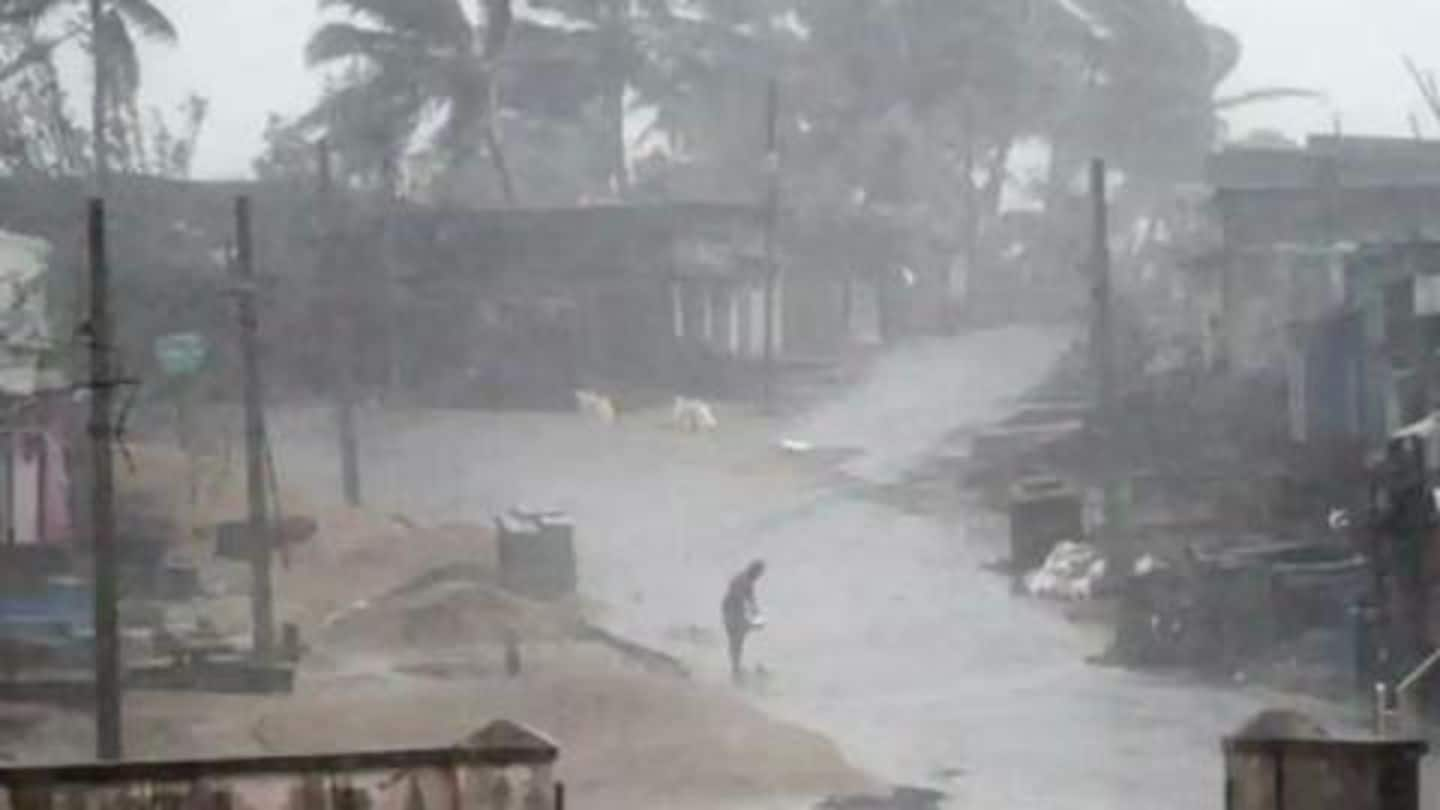
Understanding how Cyclone Fani got its name
What's the story
Cyclone Fani, which has turned into "extremely severe cyclonic storm", has been giving sleepless nights to many.
Odisha has been kept on orange-alert in anticipation of its landfall and coastal states like Andhra Pradesh, Tamil Nadu, Kerala, and West Bengal are also readying themselves for the crisis, which may start from Friday.
As we prepare for the impending disaster, here are things you should know about the cyclone.
Name
The name Fani, pronounced as Foni, was suggested by Bangladesh
The name Fani (pronounced as Foni) was given by Bangladesh. It loosely translates to "hood of a snake".
If you thought, countries can just come up with names for cyclones, you are wrong. All nations have to follow a mechanism devised by The World Meteorological Organization (WMO).
Countries have to suggest names for cyclones from time to time, and one of them is picked.
Categories
WMO divided countries into two categories
Now, WMO has divided the countries into two categories.
North Atlantic consists of Eastern Pacific, Central Pacific, Western Pacific, North Indian Ocean, and Southern Atlantic has South-West Indian Ocean, Australian region, Southern Pacific, South Atlantic.
India falls under Northern Indian Ocean tropical region. Other countries which are a part of this category are Sri Lanka, Bangladesh, Maldives, Myanmar, Oman, Pakistan, and Thailand.
Names
A name is picked from the pool of names
For cyclones forming in the North Indian Ocean, all the aforementioned eight countries suggest names.
Fani was chosen from a pool of 64 names. The names which India suggested are Agni, Akash, Bijli, Jal, Lehar, Megh, Sagar, and Vayu.
Notably, Cyclone Titli that wreaked havoc last year was named by Pakistan. Cyclone Ockhi which caused severe damage in 2017 was named by Thailand.
Quote
Naming cyclones helps in disaster relief work
"The main purpose of naming a tropical cyclone is basically for people to easily understand and remember the tropical cyclone in a region, thus to facilitate tropical cyclone disaster risk awareness, preparedness, management, and reduction," WMO said. It also makes reportage in media easier.
Global warming
April cyclones are rare, but happening because of global warming
Cyclones are usually not formed in April, but global warming and climate change made even this possible. Between 1891 and 2017, only 14 cyclones were formed in the Bay of Bengal in April. Out of this only one crossed Indian mainland in 1976.
In 2008, Cyclone Nargis battered Myanmar in April.
Meanwhile, authorities are on their toes to deal with the "snake".